The Ha Giang Loop in Vietnam stands as a remarkable convergence of striking natural landscapes and rich cultural heritage. It is a journey that not only captivates the eyes but also resonates with the soul through its unique historical attractions. As riders traverse this scenic route, they are enveloped in a tapestry of cultures, stories, and traditions, all woven together through the experiences of various ethnic groups. Each stop along this loop is steeped in historical significance, offering visitors a doorway to the past while enlightening them about the region’s vibrant present. In this comprehensive guide, we will delve into some of the most noteworthy cultural and historical attractions that define the Ha Giang Loop.
Dinh Vuong Meo (Vuong’s Palace)
One of the standout historical landmarks along the loop is the Dinh Vuong Meo, or Vuong’s Palace, which was constructed in 1921 for the Hmong king, Vuong Chinh Duc. This two-story edifice is an architectural marvel that showcases a unique blend of Mongol, Chinese, and French influences, reflecting the complex cultural intermingling that characterizes the region. With ten houses and around sixty-four rooms, the palace served as a residence for royalty and provided accommodation for honored guests.
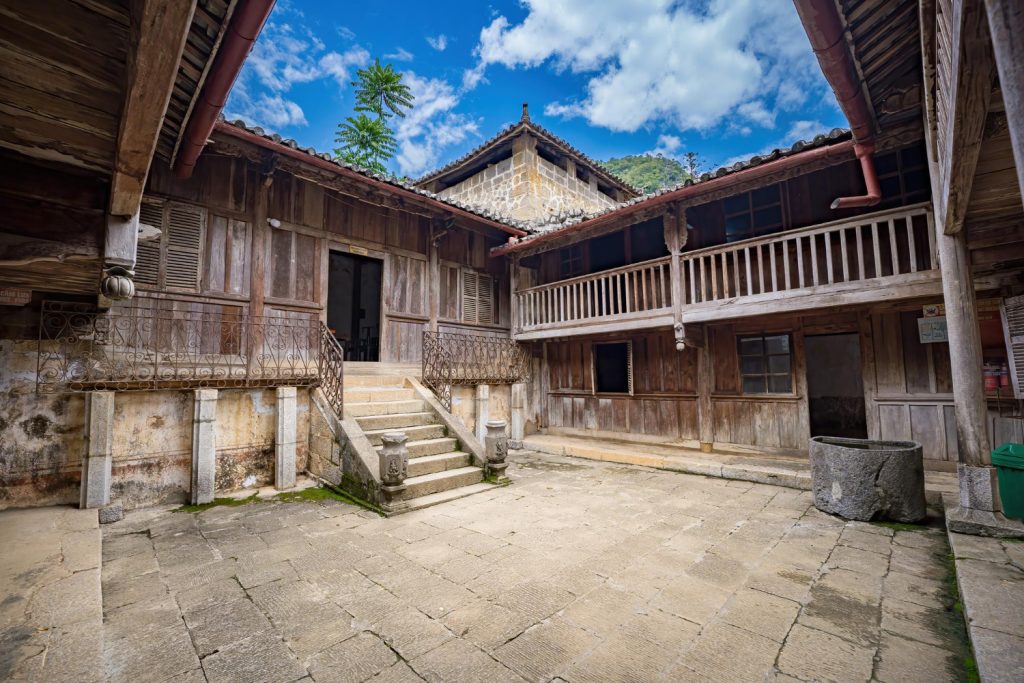
Visitors to Vuong’s Palace can wander through its expansive grounds, exploring rooms adorned with artifacts that tell tales of the Hmong dynasty’s grandeur. The intricate carvings and designs on the palace’s structure signify not only its aesthetic beauty but also its historical importance. It presents a window into the lives of the Hmong royal family, shedding light on their governance and lifestyle. The palace not only serves as a prominent tourist spot but also as an educational experience where visitors can gain insights into the rich historical tapestry that shapes the area.
Architectural Significance
- Blended Styles: The architectural style found in Vuong’s Palace represents a unique fusion that is rare to encounter, making it a significant destination for those interested in art and history.
- Cultural Insight: By visiting this landmark, one can grasp the historical dynamics that allowed for such an architectural blend, giving a deeper understanding of the area’s multicultural heritage.
Lung Cu Flag Point
As the northernmost point of Vietnam, Lung Cu Flag Point holds a profound place in the nation’s cultural narrative. Here, a colossal Vietnamese flag waves proudly atop a tower, symbolizing national unity and territorial integrity. Visitors often make the trek to this elevated point not just for the breathtaking panoramic views of the stunning landscape and the Vietnam-China border but also to experience a moment of connection with the nation’s history.

Climbing to the flag tower is more than just a physical journey; it is steeped in meaning. This site embodies the essence of national pride and the ongoing struggle for sovereignty. The expansive vistas from Lung Cu also enhance one’s understanding of the geographical context of the Ha Giang loop, while the presence of the flag serves as a constant reminder of the sacrifices made for the country’s independence.
Importance of Lung Cu
- Symbol of National Pride: The flag, along with the flag tower, stands as a poignant symbol of Vietnam’s territorial integrity.
- Cultural Connection: Visitors looking to deepen their understanding of Vietnam’s national identity will find that this site resonates deeply with the spirit of resilience and unity.
Dong Van Ancient Town
Nestled within the heart of the loop, Dong Van Ancient Town is a well-preserved gem that invites travelers to immerse themselves in history. Characterized by its distinctive architecture and dynamic culture, this ancient town showcases a remarkable blend of Hmong and Tay ethnic groups that contribute to the vibrant cultural tapestry found within. The streets of Dong Van are lined with traditional stone houses that stand as testimonies to the town’s historical significance.
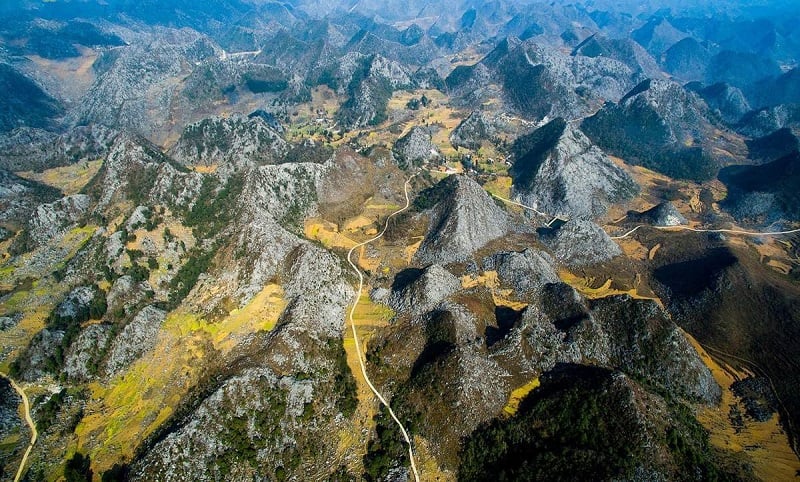
The town is alive with festivals and local markets where one can witness traditional costumes, taste authentic regional dishes, and shop for handcrafted goods. These events imbue the place with a lively spirit, allowing travelers to engage with the local way of life. The cultural richness and warm hospitality from the residents further enhance the experience, making Dong Van a highlight for those exploring the Ha Giang Loop.
Cultural Elements in Dong Van
- Traditional Markets: The markets are not just commercial centers but are cultural showpieces where local traditions come alive.
- Festivals: Throughout the year, various festivals are held that celebrate the heritage of the local communities, offering visitors a chance to participate in age-old customs.
Khau Vai Love Market
The Khau Vai Love Market is a unique cultural event that takes place on a specific date each year and highlights the romantic customs of local ethnic groups, particularly the Hmong. This vibrant gathering draws couples and individuals seeking love, serving as a social hub that transcends traditional market activities.
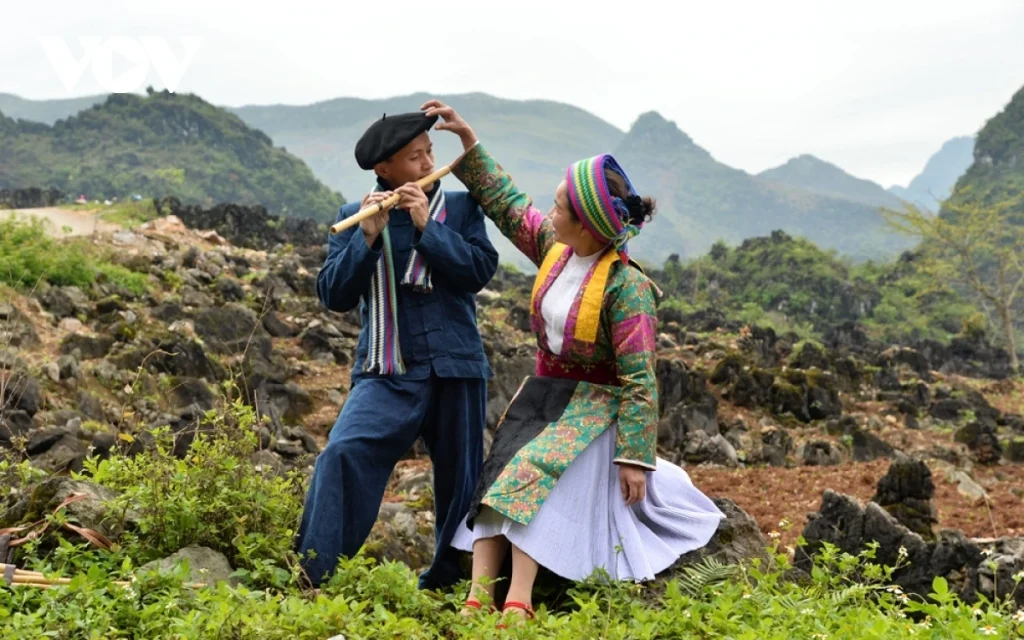
At the market, visitors can gain insight into the customs and social practices of the local tribes, which adds depth to their understanding of regional culture. The Love Market also offers a colorful showcase of traditional clothing, crafts, and local cuisine, turning the experience into a vibrant celebration of love and community. It’s an immersive event that reflects the deep-rooted traditions of the area and invites travelers to witness cultural practices firsthand.
Significance of the Khau Vai Love Market
- Cultural Heritage: The market is a vibrant testament to the region’s rich cultural heritage and the social dynamics within the communities.
- Experiential Learning: Visitors are granted the opportunity to participate in local traditions, creating lasting memories and connections to the culture.
Ma Pi Leng Pass
Beyond the mesmerizing landscapes, the Ma Pi Leng Pass presents a narrative of resilience tied to the region’s history. This dramatic mountain pass not only offers incredible views of the Nho Que River but also embodies the hardships and struggles faced by local ethnic groups who navigated these treacherous terrains.
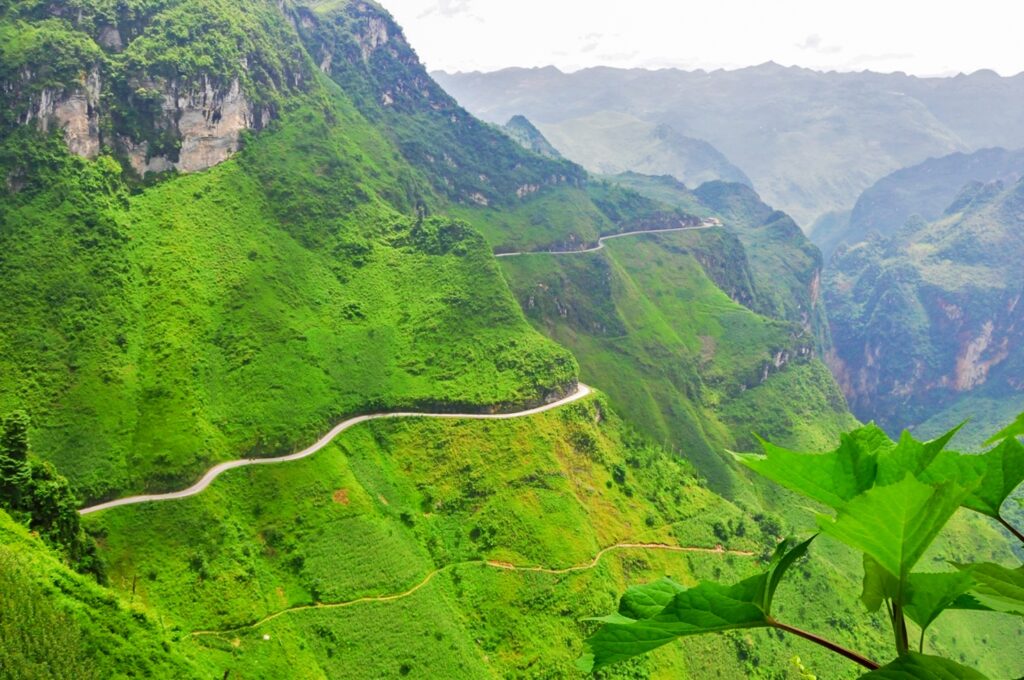
The journey along the pass provides context to the geographical difficulties that have shaped the lives of the inhabitants over generations. The breathtaking vistas, combined with historical significance, encourage visitors to reflect on the socio-economic challenges faced by the communities living in these rugged conditions. It serves as a poignant reminder of the human spirit’s resilience in overcoming adversity.
Features of Ma Pi Leng Pass
- Stunning Views: The pass is renowned for its captivating landscapes, making it a favorite spot for photographers and nature enthusiasts alike.
- Cultural Context: Understanding the historical and cultural implications of the pass enhances the overall travel experience, inviting contemplation about the surrounding communities.
Lung Tam Linen Village
The Lung Tam Linen Village is a unique cooperative that plays a critical role in preserving the traditional textile-making practices of the Hmong people. Visitors have the rare opportunity to interact with local artisans, witnessing the intricate process of creating linen from plant fibers, a craft passed down through generations.
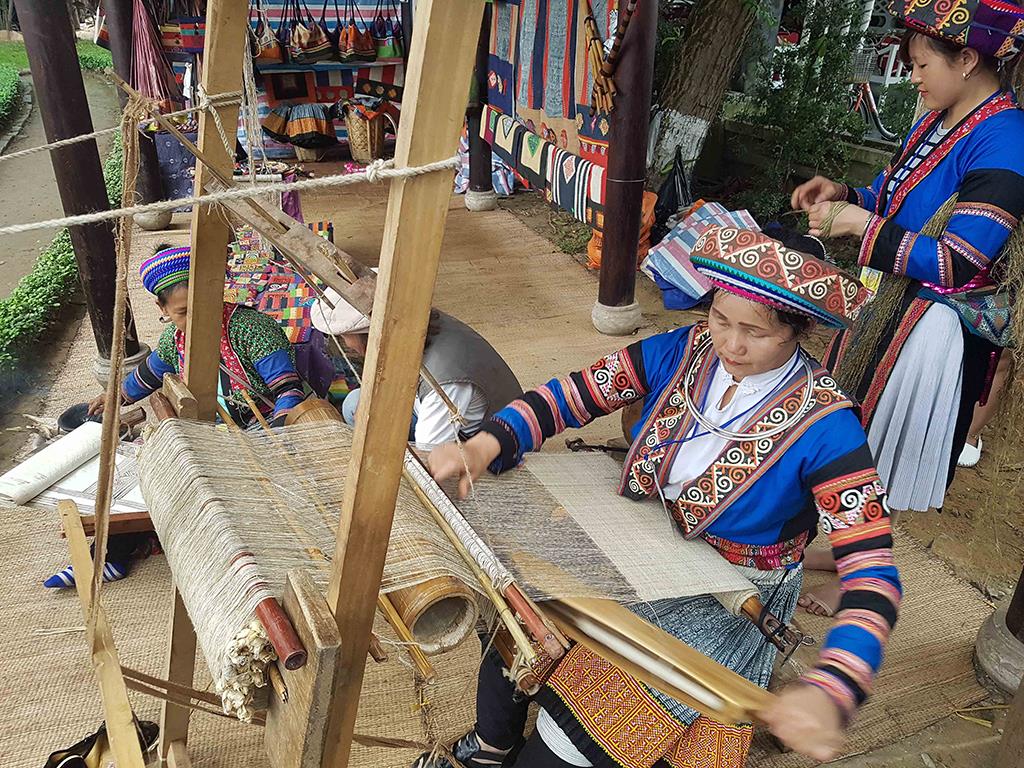
The village embodies not only the artistry associated with linen weaving but also the socio-economic empowerment of women in the region. Participating in workshops or demonstrations provides deeper insight into the craftsmanship and dedication that goes into each piece. Here, travelers can appreciate the beauty of handmade textiles while gaining respect for the skill involved in their creation.
Aspects of Lung Tam Linen Village
- Artisanal Craftsmanship: Visitors can discover the artistry involved in linen production, fostering a respect for traditional crafts.
- Empowerment Through Skills: The village also highlights efforts toward economic empowerment for women, integrating social progress with cultural preservation.
The Happiness Road Stone Monument
A significant landmark along the Ha Giang Loop is the Happiness Road Stone Monument, which commemorates the youth volunteers who dedicated their efforts to development projects in the region. This monument serves as a symbol of resilience and unity, reflecting the tireless contributions made toward improving the futures of the local inhabitants.
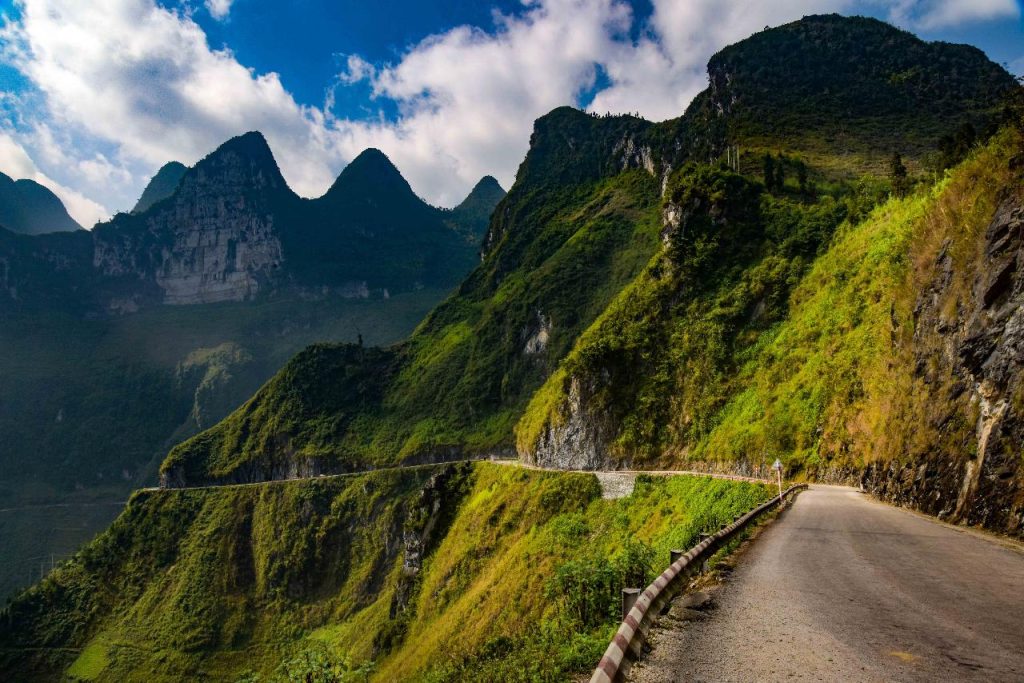
Visiting this monument allows travelers to engage with the stories of those who have improved infrastructure and quality of life in the Ha Giang Province. The stone monument stands as a testament to community spirit and collective effort, instilling a sense of pride in the advancements made in the area. It serves as a powerful reminder of the human capacity for unity and progress.
Highlights of the Happiness Road Stone Monument
- Symbol of Development: The monument signifies the substantial improvements made in the region, showcasing the impact of volunteer efforts.
- Community Spirit: It embodies the resilience and solidarity of the local population, fostering a connection to the community’s ongoing development journey.
Conclusion
The cultural and historical attractions along the Ha Giang Loop are not just points of interest; they are portals to understanding the complexities of Vietnam’s diverse heritage. From the enchanting Vuong’s Palace to the heartfelt tales encapsulated in the Khau Vai Love Market, each landmark offers a glimpse into the rich narratives that shape the identities of the local communities. By exploring these attractions, visitors glean insights about the region’s past and present, connecting with the vibrant cultures that define the Ha Giang experience. Each stop along the loop creates opportunities for not only sightseeing but for profound appreciation of the cultural richness and historical significance of this remarkable landscape.
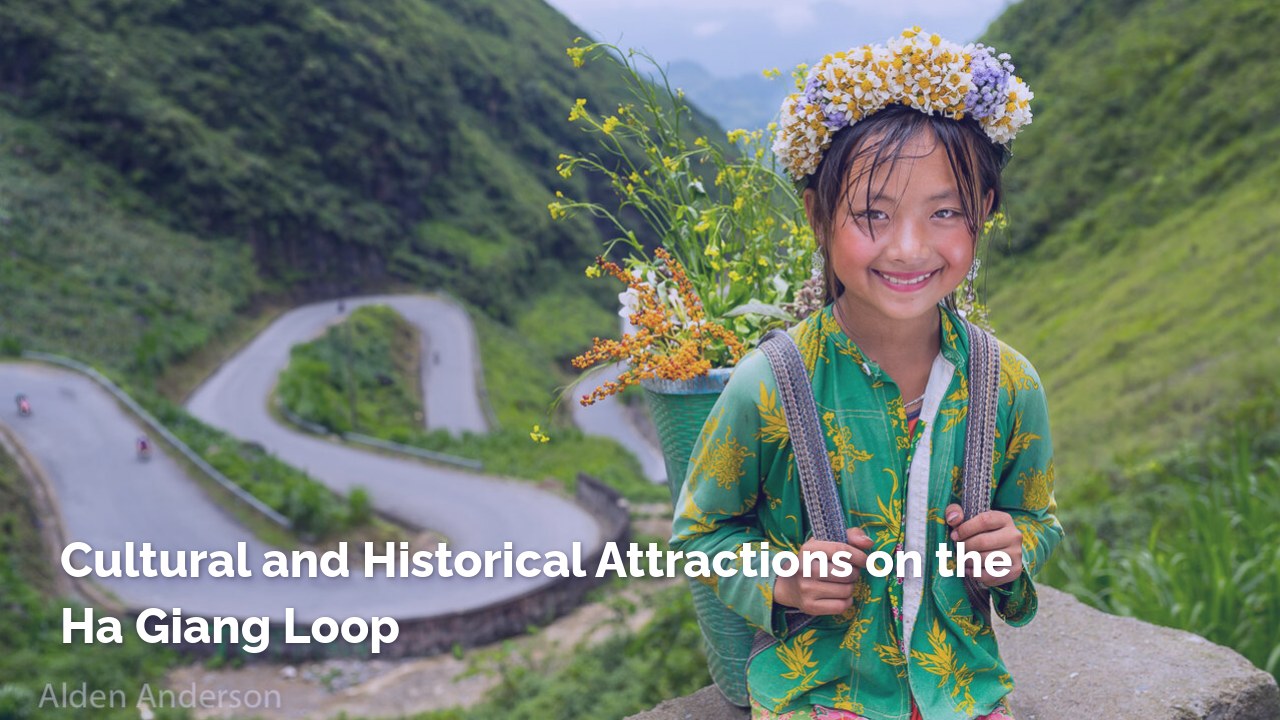
Leave a Reply